The Benefits Of Beef Tallow
Jump to:
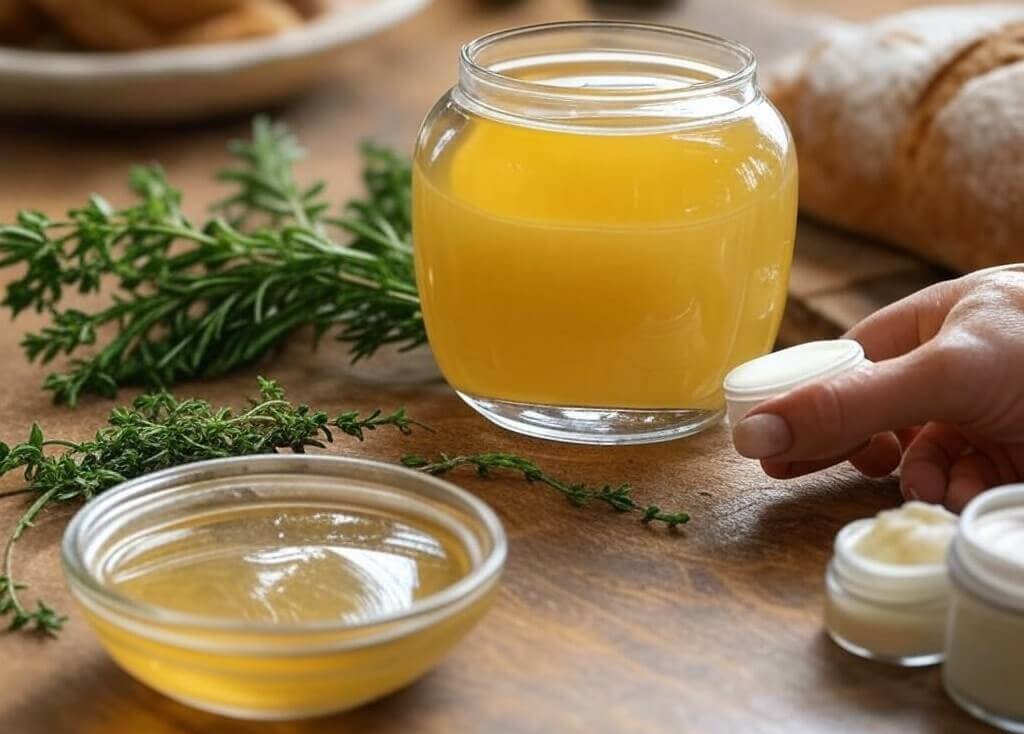
When you think of glowing skin or disease prevention, melted animal fat is probably not the first thing that comes to mind. However, tallow is definitely something you’ll want to keep stocked in both your pantry and bathroom cabinet for its numerous benefits and countless uses.
Despite its recent surge in popularity, beef tallow is actually one of the oldest fats for skincare and cooking, having been used for thousands of years, and briefly forgotten by the mainstream over the past few decades as synthetic chemistry-based science from enormous industrial-chemical corporations flooded the market with their colossal pharmaceutical grade budgets.
Thankfully, science is now revealing that saturated fats, particularly from ruminant animals, are not damaging to heart health – on the contrary, a large carnivore and keto movement is clearly showing that animal fats are among the healthiest and most nutritious food sources available.
This article will overview exactly what beef tallow is and is not, why what you’ve heard about animal fats and heart health is likely not true, and what benefits tallow can bring for your food, skin, and overall health.
What is Beef Tallow?
Beef tallow is a purified form of fat rendered from suet—the dense, raw fat found around the kidneys and loins of some animals. While most tallow on the market comes from cows, other ruminant animals such as sheep and goats also produce tallow. Pigs can also produce tallow, although beef and ruminant tallow seem to elicit the greatest of benefits and uses.
Unlike the marbled fat in muscle cuts like steak, suet is uniquely suited for producing high-quality tallow. Once rendered and filtered, it transforms into a solid, shelf-stable fat with a creamy texture and a subtle, neutral flavor, perfect for many uses.
Although tallow has previously been regarded as bad for heart health, due to being classed as saturated fat, tallow actually contains a mix of monounsaturated and polyunsaturated fats. On average, tallow is about 50% saturated fat, 42% monounsaturated fat, and 4% polyunsaturated fat, with small amounts of other fats.
The high saturated fat content is what gives tallow its stability at room temperature and a high smoke point, making it excellent for cooking and long-term storage without going rancid. Its saturated and monounsaturated fats are also beneficial for the skin, which is why tallow is increasingly used in natural skincare products.
With raw suet, it must be rendered down into its clean usable form, which removes the connective tissues and other contaminants. It can be dry rendered or wet rendered, each with its benefits and drawbacks. While wet rendering tallow removes greater amounts of impurities, it can also leave residual moisture in the mixture, which can go rancid and ruin tallow quickly.
That’s why we at GreenStead Living use a novel 3-stage rendering process utilizing both wet and dry rendering to create the purest and highest quality tallow. It’s important to note that the source of the suet matters enormously – grass-fed and finished beef will contain much greater amounts of healthy fats and cholesterol and fewer oxidative omega-6 fatty acids found in grain-fed cattle.
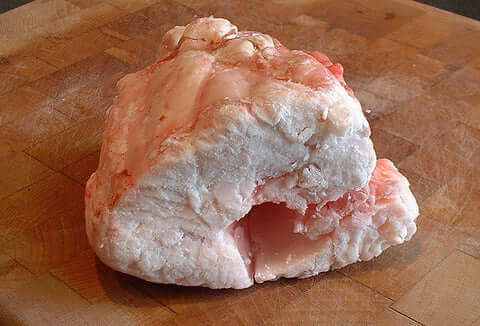
Tallow Has Been Used for Millennia
Despite its popular resurgence, beef tallow has been a tried and tested product for millennia, probably as far back as the Paleolithic era (10,000–40,000 years ago) when humans first learned to render animal fats. Back then, tallow was most likely utilized for cooking, fuel, and waterproofing clothes.
There is some evidence, however, that the Egyptians (~3000 BC), with their passion for progression and beauty, used animal fats such as beef tallow in the production of ointments, cosmetics, and even early forms of soap. Similarly, this trend continued for centuries, through the Romans, the Middle Ages, and into the 19th and early 20th centuries.
Although the Industrial Revolution and medical renaissance elevated synthetic alternatives such as seed oils and synthetic skin care products and dimmed the ancient wisdom of tallow from public purview, the renowned interest in natural products of late has brought tallow and its myriad benefits back into the spotlight.
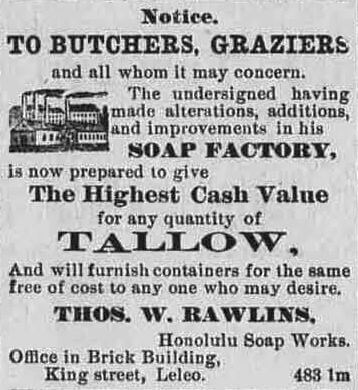
What are the Benefits of Beef Tallow?
While some still regard tallow as an outdated product used only to avoid wasting precious beef parts in times of scarcity, we now know this is not the entire story. While it is a byproduct of beef production, this does not devalue it by any means. Beef tallow offers a whole host of benefits for health, cooking, skincare, and sustainability. In fact, there may be no other known product that can beat it.
Nutritional and Health Benefits of Tallow
Despite being bombarded with news suggesting that saturated fats are killers, increasing bodies of research, and a plethora of anecdotal evidence, suggest that animal fats are in fact essential for health.
The concern about saturated fat largely stems from older studies linking it to high cholesterol levels and heart disease. However, newer studies, including large-scale reviews, show that saturated fat may not be as strongly tied to heart disease as previously believed. In fact, the type of saturated fat and the context of your overall diet matter more.
Perhaps unsurprisingly, unprocessed and natural sources of saturated fat (like tallow or coconut oil) are far different from those found in highly processed foods.
Refined seed oils (such as soybean, corn, and canola), are primarily formed of polyunsaturated fats and are increasingly shown to be among the most unhealthy foods on the market. Dr. Casey Means in her revolutionary must-read book “Good Energy” puts them in the top three most harmful foods along with refined carbs and added sugar.
The health concerns with refined seed oils primarily stem from a disproportionate amount of omega-6 fatty acids compared to omega-3s. A high omega-6 to omega-3 ratio is linked to chronic inflammation, which is a key driver of many modern diseases, including heart disease, diabetes, and certain cancers.
While beef is among the most nutritional and healthy foods available, these benefits are mostly offset by the ill effects of their grain-fed diet, producing poor-quality meat that may be more harmful than helpful.
A healthy range of omega-6 to omega-3 ratio is considered to be between 1:1 and 4:1, although sources vary wildly. Your typical grain-fed industrial beef from the likes of Walmart or Costco will come in at anywhere between 7:1 and 15:1 due to the high omega-6 content of the grains they are fed. Grass-fed and finished beef, on the other hand, contains as low as 2:1 to 3:1, making it among the healthiest fats in existence, at least in terms of this critical ratio.
Vegetable oils, on the other hand, are in a different league. Soybean oil is at 15:1 to 20:1, corn oil ~ 46:1, sunflower anywhere from 40:1 to 70:1, and cottonseed oil is a dizzying 250:1. Canola oil is the anomaly in seed oils at around 2:1, but the fact that it is highly processed with toxic chemicals (such as hexane) creates harmful trans fats, is prone to oxidation when heated, and typically comes from genetically modified crops.
Tallow, on the other hand, is rich in healthy fats like saturated and monounsaturated fats, which are stable and less likely to oxidize, making them excellent for energy and cellular health, especially when used for cooking.
Beef tallow is also packed with fat-soluble vitamins such as vitamins A, D, E, and K, which are essential for skin health, vision, bone health, and immune function.
Good quality tallow is also packed with Conjugated Linoleic Acid (CLA), a fatty acid with potential anti-inflammatory and fat-burning properties.
It is mostly the triglycerides, specifically oleic acid, palmitic acid, stearic acid, and linoleic acid, and high essential vitamin content that make tallow so powerful in skincare, closely mimicking the skin’s sebum and natural oil levels to return damaged or aged skin back to its youthful peak.
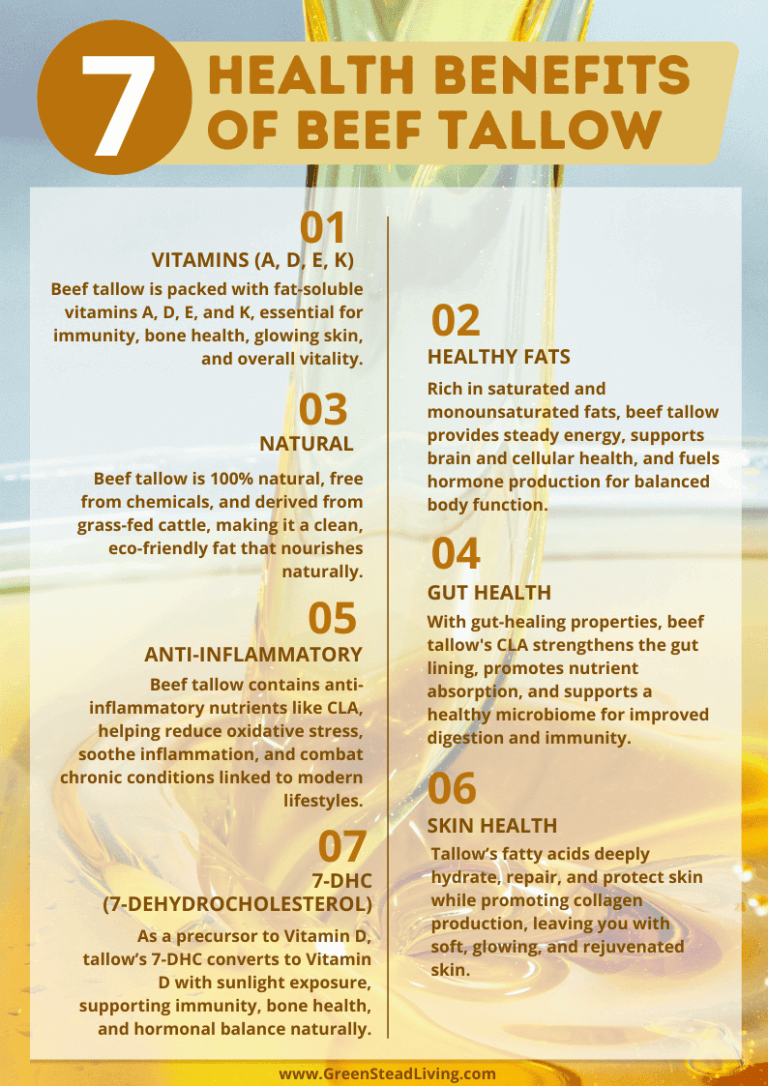
Cooking Benefits of Tallow
Lorem ipsum dolor sit amet, consectetur adipiscing elit. Ut elit tellus, luctus nec ullamcorper mattis, pulvinar dapibus leo.
Tallow is not just nutritional in itself, it is also a safe and healthy cooking oil, especially compared to polyunsaturated fats found in seed-based oils that currently dominate the market.
Firstly, tallow is stable and has a high smoke point (around 400°F/205°C) thanks to its high content of saturated fats, making it ideal for frying, roasting, and sautéing without oxidizing and breaking down to produce harmful compounds. Note that tallow made from muscle fat and not suet (organ fat), has a much lower smoke point, reducing these benefits.
Secondly, tallow simply tastes wonderful. Tallow has a rich, savory flavor that can elevate the taste of dishes, especially when used in traditional recipes. Since tallow is a neutral fat, it works well for a variety of cooking applications without altering the taste of your food. We fry our breakfast eggs in tallow to unlock a much deeper flavor than that found in vegetable oils.
Lastly, good quality grass-fed and finished tallow that has been carefully and respectfully rendered and purified creates the most minimally processed fat on the market, evading the myriad of harmful chemicals or industrial processing methods used to create many vegetable oils.
Benefits of Tallow for the Skin
Since our family switched to Tallow moisturizers and soaps, I can personally attest to Tallow’s incredible skincare properties that I have not been able to replicate in any other product.
Tallow’s tremendous skincare benefits stem from its simple property of being very similar in composition to human sebum, an oily substance produced by the sebaceous glands that helps moisturize and protect the skin and hair.
One common misconception is that moisturizers need to provide clever and complex synthetic materials to strengthen the skin, when in fact, all we need to do is supplement the skin with all the fats and vitamins it needs to take care of itself.
It is primarily the high concentration of triglycerides and fatty acids, such as oleic, stearic, and palmitic acids, which closely mimic the natural oils produced by our skin that make Tallow such an excellent skincare product.
Oleic acid, a monounsaturated fat found in tallow, enhances skin permeability, allowing other beneficial ingredients to penetrate deeply. It also has anti-inflammatory properties, making it suitable for sensitive or irritated skin. Stearic acid strengthens the skin’s barrier, locks in moisture, and provides a rich, creamy texture to skincare formulations while palmitic acid softens and smooths the skin while helping protect it from environmental damage.
Beyond its fatty acids, tallow is packed with essential fat-soluble vitamins like A, D, E, K, and B12. Vitamin A promotes cell turnover, helping to reduce fine lines and acne, while Vitamin D calms redness and strengthens the skin barrier. Vitamin E offers antioxidant protection, improving skin elasticity and hydration. Vitamin K can reduce dark circles and improve skin tone, while B12 helps soothe conditions like eczema and psoriasis.
When researching tallow-based skin-care products, you will likely hear reviews of tallow feeling greasy and potentially clogging pores. While this may be true for some products, it is unlikely to be the tallow responsible for this.
Oils are usually rated on a scale of 0-5 on a comedogenic scale, with 0-value oils having no clogging effect and 5-value oils highly likely to clog pores.
Tallow scores a modest rating of 1-2 (depending on the quality – grass-fed tallow has fewer omega-6 fatty acids), which technically makes it non-comedogenic and unlikely to clog pores.
The problem is that tallow-based products, such as moisturizers, need to be accompanied with a carrier oil to make it spreadable on the skin. Many brands use high levels of beeswax, a cheaper filler material, which scores higher between 2-3 on the scale and may be the culprit of clogged pores.
At GreenStead Living, we make our tallow moisturizer with 10% or less jojoba oil, a non-comedogenic oil with a score of just 1 on the comedogenic that works in synergy with tallow for the highest hydration and minimal greasiness.
Other than moisturizing, tallow is also highly effective at treating dry, irritated skin, promoting wound healing, and reducing the appearance of scars and stretch marks. One study found the healing time for an open wound to be significantly reduced when tallow-based treatments were applied, as well as less visible scarring afterward.
See this article here for a deeper dive into exactly why tallow is so good for the skin
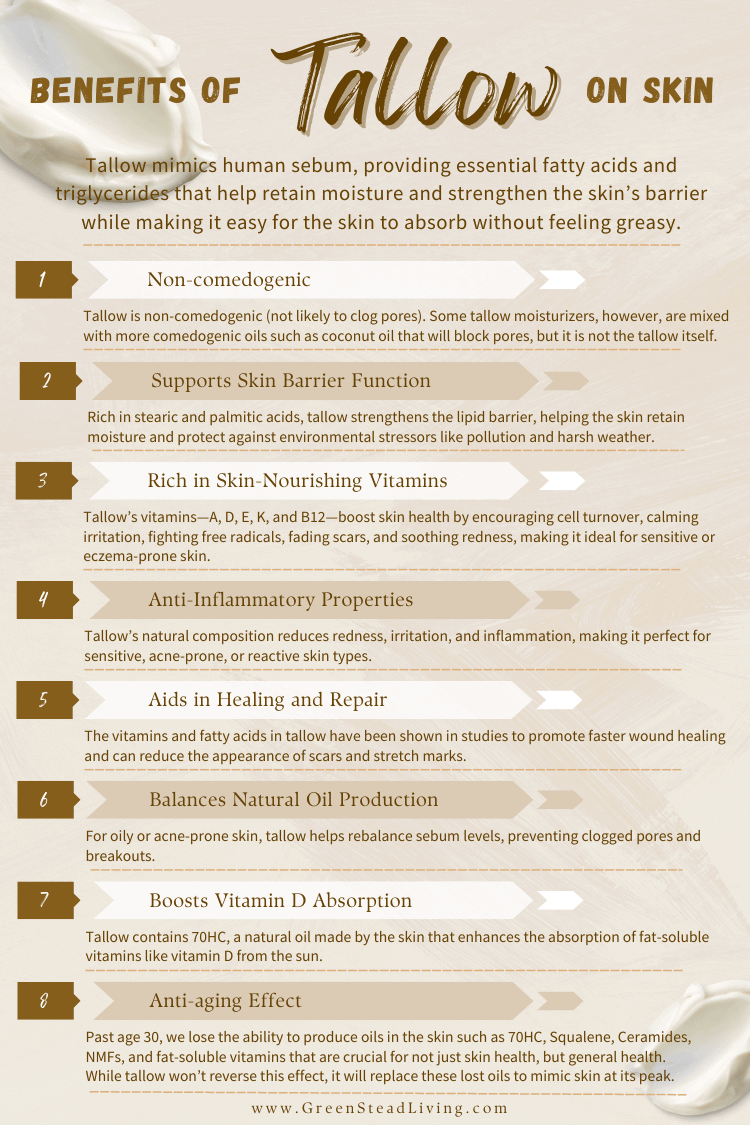
Benefits for Delicate Skin
Many assume tallow isn’t suitable for sensitive or acne-prone skin because it’s fat, and fat can block pores or feel greasy.
But through complimenting your skin’s natural needs and helping to balance all of the necessary fats, tallow can help many skin conditions by supplying and balancing the full complement of fats, oils, and vitamins that the skin needs to function normally.
For instance, those with atopic dermatitis may need ceramides, while others may benefit from fatty acids like linoleic acid to strengthen their skin’s barrier. With Tallow’s comedogenic rating of just 1-2, tallow is unlikely to clog pores when used in moderation. If your tallow moisturizer causes breakouts, the culprit may be another ingredient like beeswax, coconut oil, or cocoa butter, which has higher comedogenic ratings.
Studies have shown that tallow-based emulsions can be incredibly beneficial for conditions like atopic dermatitis or psoriasis. One study with 78 participants found that a tallow-rich emulsion significantly improved skin hydration and comfort.
Wound Healing
Tallow isn’t just a powerhouse for moisturizing—it also has impressive wound-healing abilities that may surprise you.
Studies have shown that tallow, especially when used in herbal soaps, can work wonders for skin repair. One study found that tallow-based soap was highly effective at fighting skin infections while being far gentler on the skin compared to traditional soaps, which can often leave the skin dry and irritated. Tallow’s ability to lock in moisture makes it an ideal choice for promoting hydration and supporting the skin’s natural healing process.
Sustainability
Tallow isn’t just a skincare hero—it’s also an eco-friendly powerhouse. When we use tallow in our products, we’re reducing waste by utilizing parts of the animal that would otherwise be discarded, while simultaneously avoiding the creation of energy-intensive synthetic chemicals.
This is especially impactful in today’s world, where sustainability is becoming more important than ever. As a by-product of grass-fed beef, tallow production can even support sustainable farming practices, promoting a more ethical and responsible approach to agriculture.
What’s more, tallow is reef-safe when used in sunscreen, offering a natural, effective alternative to chemical-laden options that can harm marine life.
Tallow isn’t just a modern-day discovery—it’s one of the original soaps humans ever made. For centuries, we’ve used animal fats for candles, soap, cooking, and now, skincare. It’s a sustainable, waste-reducing solution that connects us to our roots while still providing cutting-edge benefits.
Final Thoughts
Incorporating beef tallow into your daily routine may seem like a step back in time, but as we’ve explored, it’s a time-tested ingredient that offers incredible benefits for both your health and the environment. From its rich nutritional profile to its powerful skincare properties, tallow is a versatile, sustainable option that’s regaining the attention it deserves.
Not only does it nourish the skin and support healing, but its eco-friendly benefits—like reducing waste and supporting sustainable farming—make it a choice you can feel good about. So, why not embrace this ancient fat and experience firsthand why tallow is making a big comeback in the world of natural living?
FAQs
Science is now revealing that saturated fats, particularly from ruminant animals, are not damaging to heart health – on the contrary, a large carnivore and keto movement is clearly showing that animal fats like tallow are among the healthiest and most nutritious food sources available.
Tallow is stable and has a high smoke point (around 400°F/205°C) thanks to its high content of saturated fats, making it ideal for frying, roasting, and sautéing without oxidizing and breaking down to produce harmful compounds.
Tallow’s tremendous skincare benefits stem from its simple property of being very similar in composition to human sebum, an oily substance produced by the sebaceous glands that helps moisturize and protect the skin and hair.

A Guide To Silkie Chickens (Having Learned The Hard Way)
A guide to Silkie chickens and everything you need to know about the breed before you buy.

What is Companion Planting – A Beginners Guide
An overview of everything you need to know about what is companion planting, and what plants should be included and avoided to help your garden thrive.
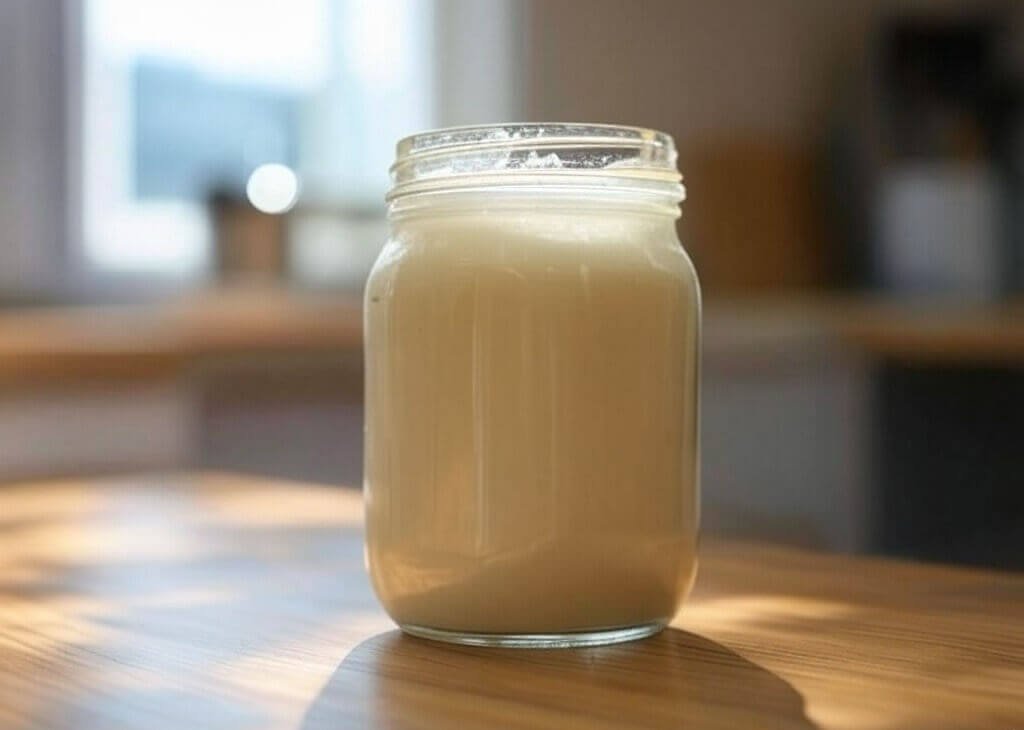
How To Make Beef Tallow: A Step-By-Step Guide
Learn how to make beef tallow at home with this step-by-step guide. Perfect for cooking and skincare, this method ensures pure, long-lasting tallow.

How To Grow Basil – A Seed To Harvest Guide
Learn how to grow basil from seed: start by sowing seeds in well-draining soil, keep the soil moist, and provide plenty of sunlight for a thriving herb garden

How To Make Compost – An Easy Beginner’s Guide
An easy beginners guide on how to make compost, the right way, for a healthier garden.

The 5 Best Companion Plants for Tomatoes
Here are the five best companion plants for tomatoes: basil, marigolds, carrots, borage, and beans.